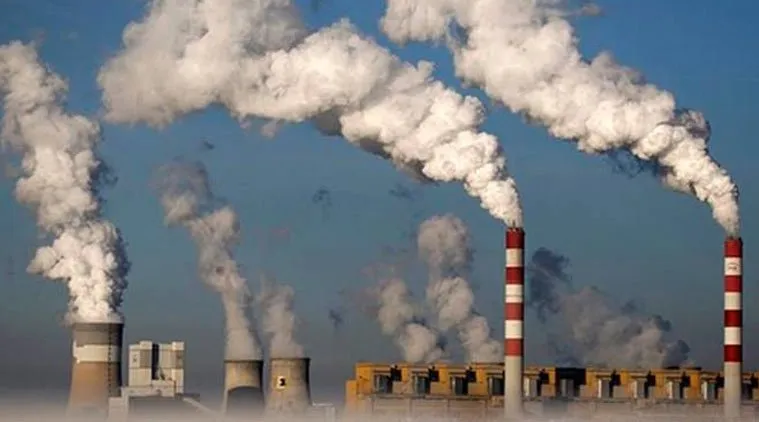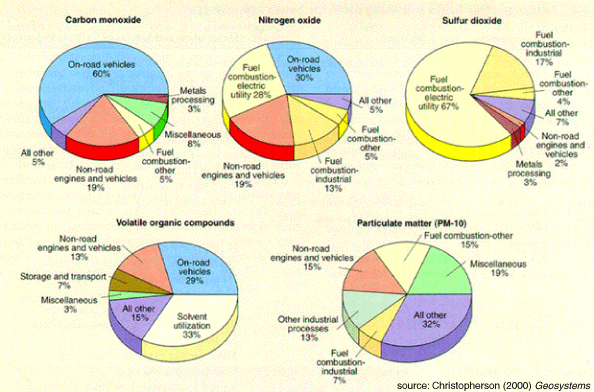
Image Source : images.indianexpress.com
Air pollution not only causes respiratory distress alone, even with the decrease in oxygen levels in the air we breathe can cause a lack of oxygen supply for other important organs and tissues, so indirect air pollution can also cause death.
The high mobility of people in driving contributes to the level of air pollution. In urban areas for example, during peak hours, air pollution rates tend to be higher than during normal hours.

Image Source : www.healthdata.org
Exposure to excessive air pollution can adversely affect health. World health organization (WHO) states air pollution is one of the biggest environmental problems that have a significant impact on human health. By reducing the level of air pollution, a country can reduce the risk of stroke, heart disease, lung cancer, as well as acute and chronic respiratory problems such as asthma and COPD, among its inhabitants.
In 2015 recorded, every year 4.3 million deaths occur from exposure to indoor air pollution and 3.7 million deaths are attributable to outdoor air pollution. In addition to outdoor air pollution, indoor pollution also causes serious health risks for the three billion people in the world who use charcoal and firewood in the home. In fact, every year, nearly 600,000 children under 5 years old from around the world, died of respiratory illness due to air pollution.

Image Source : greeningforward.org
Types of Hazardous Air Pollution
The following are some air pollution and its impact on health.
Nitrogen Dioxide
Particle Elements
Ozone
Sulfur Dioxide

My Refference :
- https://www.nrdc.org/stories/air-pollution-everything-you-need-know
- http://cleanerandgreener.org/resources/air-pollution.html
- http://www.techtimes.com/articles/125289/20160119/air-pollution-is-one-of-worlds-biggest-public-health-issues-who.htm
- http://www.who.int/airpollution/en/
- http://www.who.int/mediacentre/factsheets/fs313/en/
